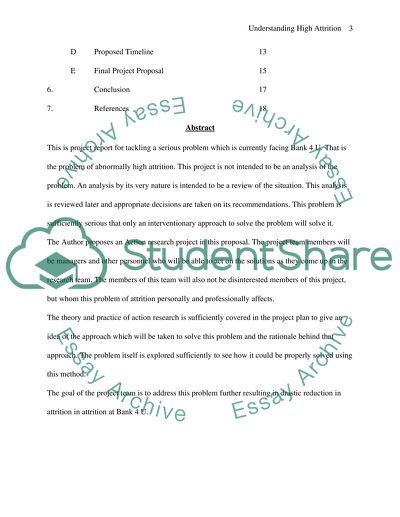Cite this document
(“Understanding high attrition rates within a retail bank finance Essay”, n.d.)
Understanding high attrition rates within a retail bank finance Essay. Retrieved from https://studentshare.org/finance-accounting/1511425-understanding-high-attrition-rates-within-a-retail-bank-finance-department
Understanding high attrition rates within a retail bank finance Essay. Retrieved from https://studentshare.org/finance-accounting/1511425-understanding-high-attrition-rates-within-a-retail-bank-finance-department
(Understanding High Attrition Rates Within a Retail Bank Finance Essay)
Understanding High Attrition Rates Within a Retail Bank Finance Essay. https://studentshare.org/finance-accounting/1511425-understanding-high-attrition-rates-within-a-retail-bank-finance-department.
Understanding High Attrition Rates Within a Retail Bank Finance Essay. https://studentshare.org/finance-accounting/1511425-understanding-high-attrition-rates-within-a-retail-bank-finance-department.
“Understanding High Attrition Rates Within a Retail Bank Finance Essay”, n.d. https://studentshare.org/finance-accounting/1511425-understanding-high-attrition-rates-within-a-retail-bank-finance-department.


